What Factors Affect PPF Pricing?
Paint protection film pricing varies significantly across installations, ranging from $600 to over $10,000 depending on multiple interconnected factors. Understanding these variables helps vehicle owners make informed decisions about their protection investment and budget appropriately for their specific needs.
Vehicle Size and Complexity
The physical dimensions of your vehicle represent the primary pricing determinant. Smaller vehicles like compact sedans require less material and labor, typically costing $900-$2,500 for partial to full front coverage. Larger vehicles such as SUVs and trucks demand significantly more film material and installation time, with costs ranging from $1,000-$5,000 for comparable coverage levels.
Vehicle design complexity adds another layer to pricing considerations. Modern vehicles featuring intricate body lines, aerodynamic elements, sensors, and trim pieces require additional cutting precision and installation time. Luxury and exotic vehicles command premium pricing due to their complex contours and higher precision standards, with installations often starting at $3,000 and reaching $8,000+ for full coverage.
Coverage Level Selection
The extent of protection directly impacts final costs through material requirements and labor intensity. Partial front packages ($900-$1,500) cover high-impact areas including the front bumper, partial hood, and headlights. Full front coverage ($1,800-$3,000) extends protection to the complete hood, bumpers, full fenders, and mirrors.
Track packages ($2,400-$3,200) add rocker panels, A-pillars, and door edges for enhanced protection during aggressive driving. Full body coverage ($5,000-$8,000+) represents the premium option protecting all painted surfaces except the roof.
Film Brand and Quality
Material selection significantly influences pricing through performance characteristics and brand positioning. Premium brands like XPEL command 15-30% price premiums due to their established branding and reach. Other options such as UPPF offer competitive performance at more accessible price points.
Colored PPF typically carries 15-30% premiums over clear alternatives, while matte finishes command additional pricing due to manufacturing complexity and specialized care requirements. The film thickness also affects pricing, with thicker films (8+ mils) costing more due to enhanced protection capabilities and material costs.
Geographic Location
Regional variations create substantial pricing differences across the United States. Urban markets typically charge 15-25% more than rural areas due to higher operational costs, rent, and labor expenses. West Coast installations show full front packages starting at $2,099-$2,200, while Midwest markets offer more competitive pricing with similar packages ranging $1,699-$1,899.
Northeast regions demonstrate pricing patterns similar to West Coast markets, reflecting higher cost-of-living areas. Southern markets vary significantly based on urban versus rural locations, with major metropolitan areas commanding premium rates.

Installer Experience and Shop Reputation
Professional expertise substantially impacts pricing through quality assurance and warranty support. Certified installers with proven track records charge premium rates reflecting their skill and reliability. Experienced professionals typically command $50-$100+ per hour compared to less experienced alternatives.
Shop reputation influences pricing through established quality standards and customer satisfaction records. Reputable shops invest in professional equipment, controlled environments, and ongoing training, costs reflected in their pricing structure. However, this investment often provides better long-term value through superior installations and warranty support.
Vehicle Condition and Preparation Requirements
The current state of your vehicle's paint affects preparation costs and overall installation pricing. New vehicles typically require minimal preparation, keeping costs at base levels. Older vehicles or those with existing paint damage may require extensive prep work including cleaning, decontamination, and paint correction, adding $500-$1,500 to total costs.
Paint correction services before installation ensure optimal film adhesion and appearance but increase project costs. Some shops include basic preparation in their base pricing, while others charge separately for these services.
Installation Methods
The application approach chosen affects both pricing and final results. Pre-cut kits offer lower labor costs due to reduced cutting time but may leave visible seams on panels. Custom installation provides seamless coverage tailored to specific vehicle contours but requires higher labor investment and skilled craftsmanship.
Bulk installation covering multiple vehicles simultaneously may offer cost savings through material ordering efficiencies and shared setup costs. Rush installations or specialized scheduling requirements typically incur additional fees reflecting priority service.
Additional Services and Warranties
Bundled services can affect overall project costs while providing comprehensive protection packages. Ceramic coating applications over PPF add $500-$1,200 but enhance durability and maintenance characteristics. Window tinting packages combined with PPF installation may offer bundle discounts of 10-20%.
Extended warranties beyond manufacturer coverage may increase upfront costs but provide additional protection for the investment. Maintenance packages including regular cleaning and inspection services represent optional additions that affect total ownership costs.
Market Trends and Timing
Current market conditions influence PPF pricing through material costs and demand fluctuations. Material inflation has increased film costs approximately 10-15% since 2023 due to raw material price increases. Labor shortage in skilled installers has contributed to wage inflation affecting service pricing.
Seasonal demand patterns may influence pricing, with spring and summer months showing higher demand and potentially premium pricing. Economic conditions in specific regions affect consumer spending patterns and corresponding pricing strategies among service providers.
Understanding these interconnected factors enables informed decision-making about PPF investments. While multiple variables influence final pricing, focusing on quality installation from experienced professionals often provides superior long-term value regardless of initial cost differences. The key lies in balancing protection requirements, budget constraints, and quality expectations to achieve optimal results for your specific situation.



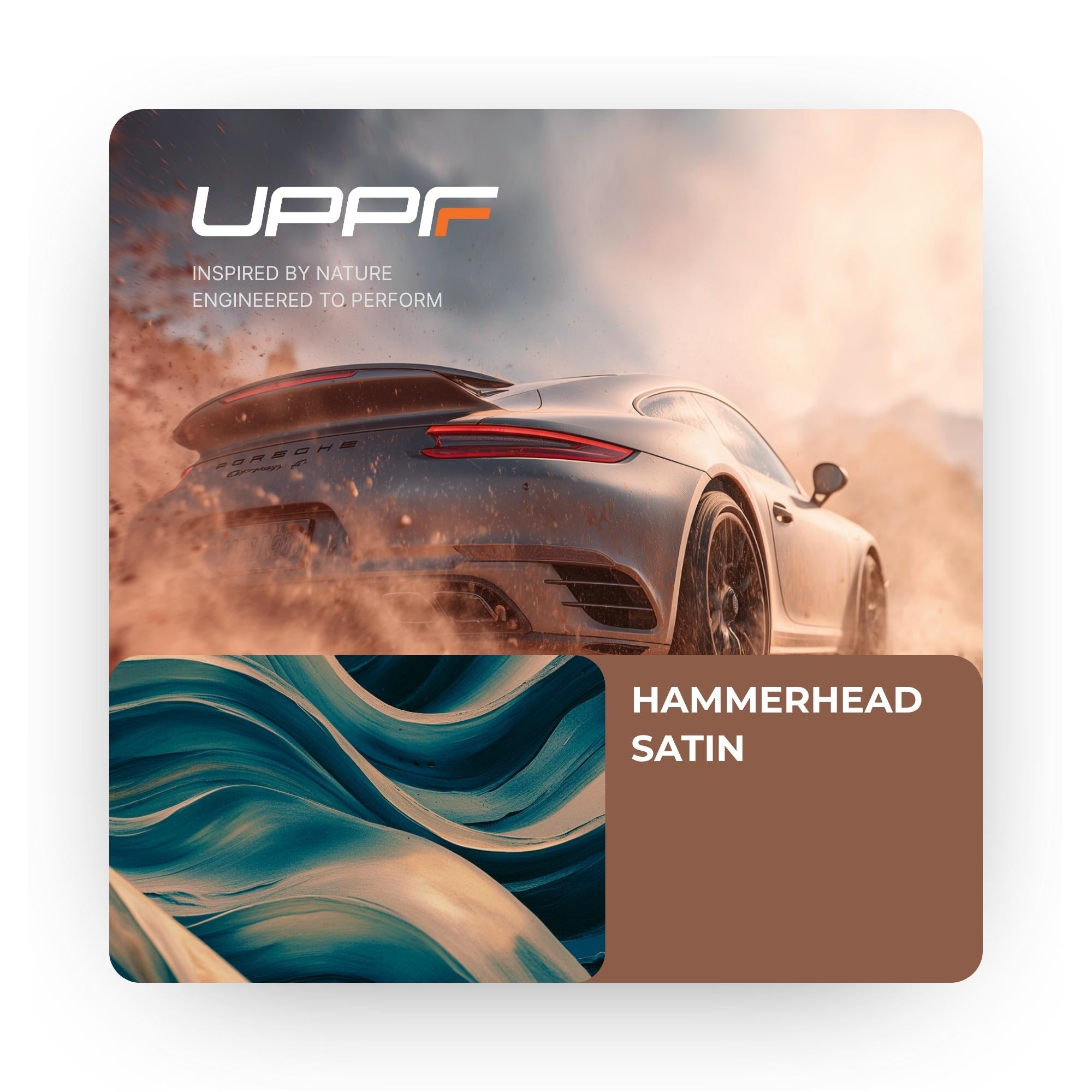
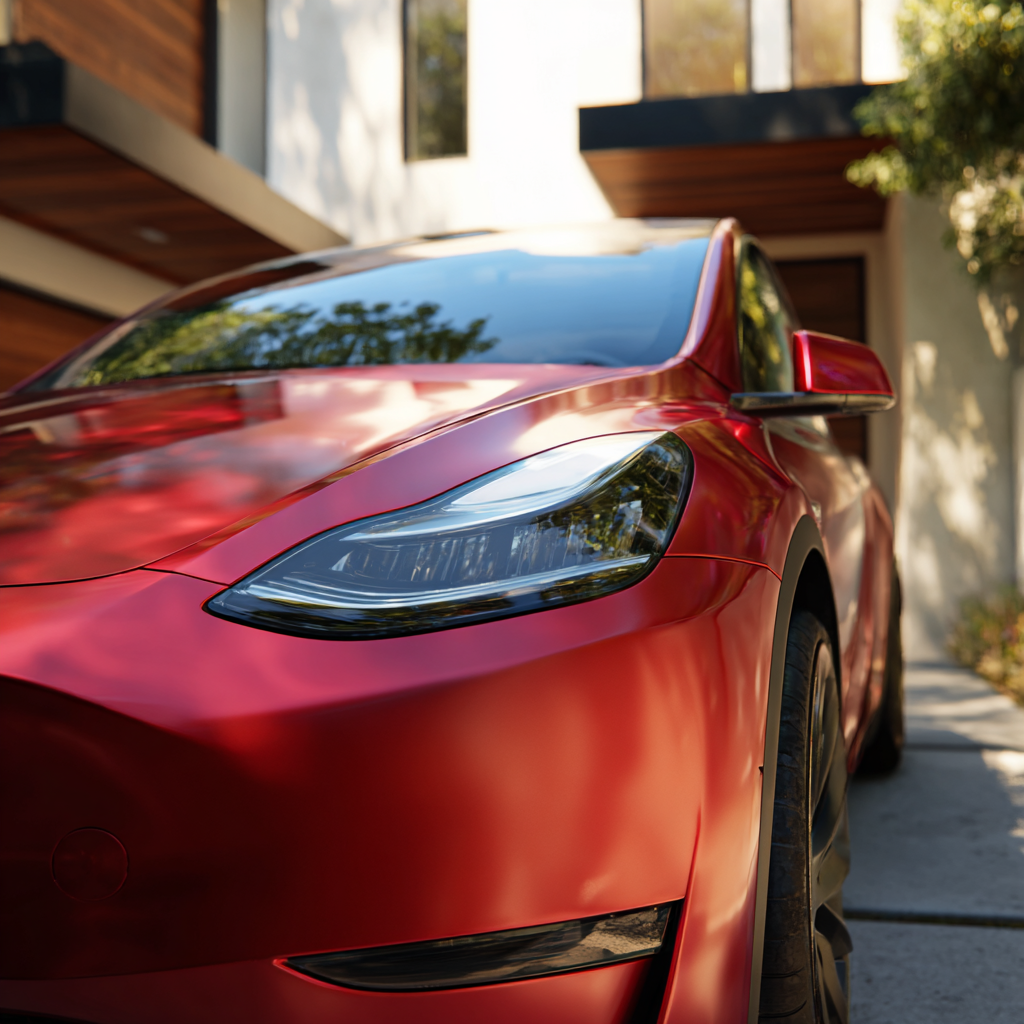

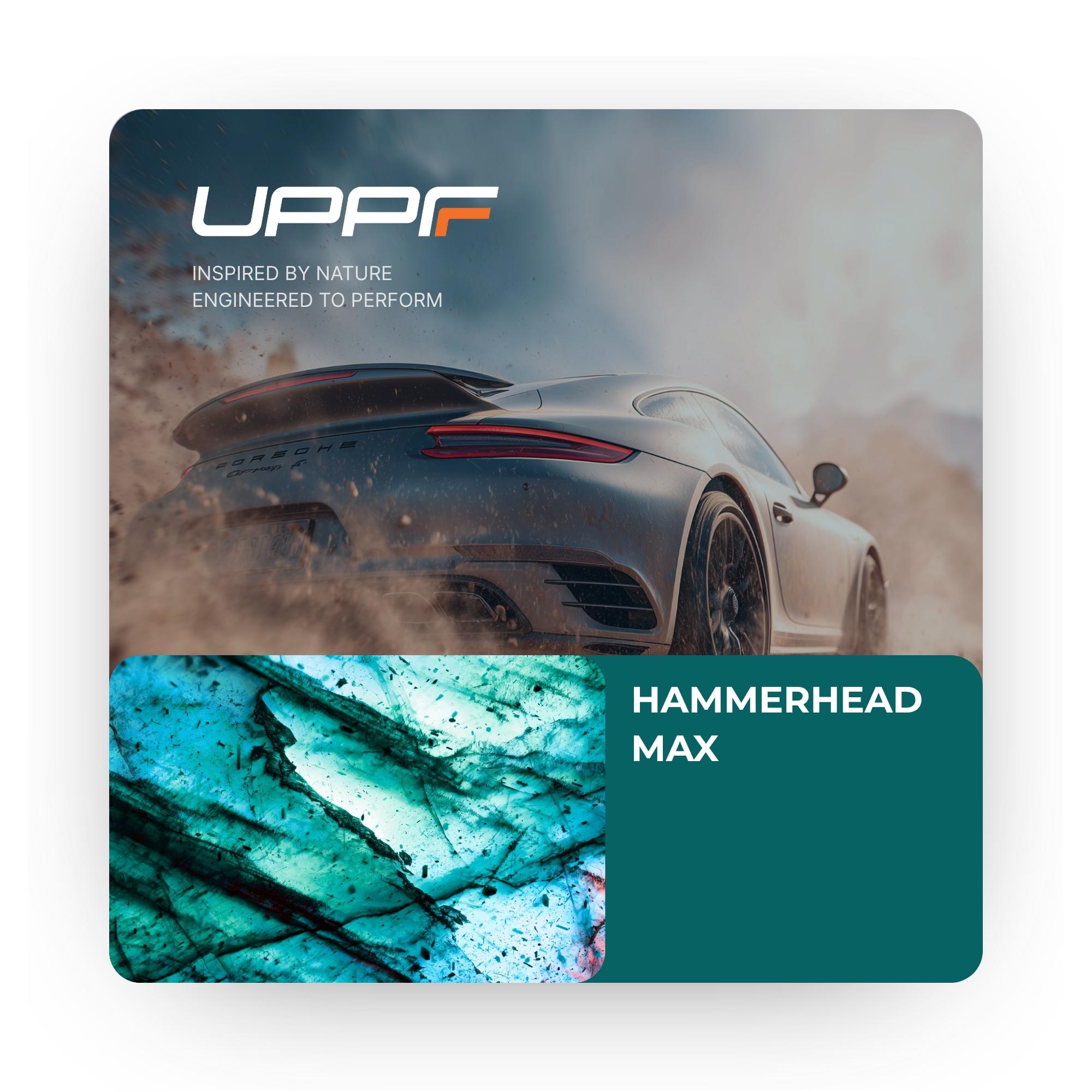
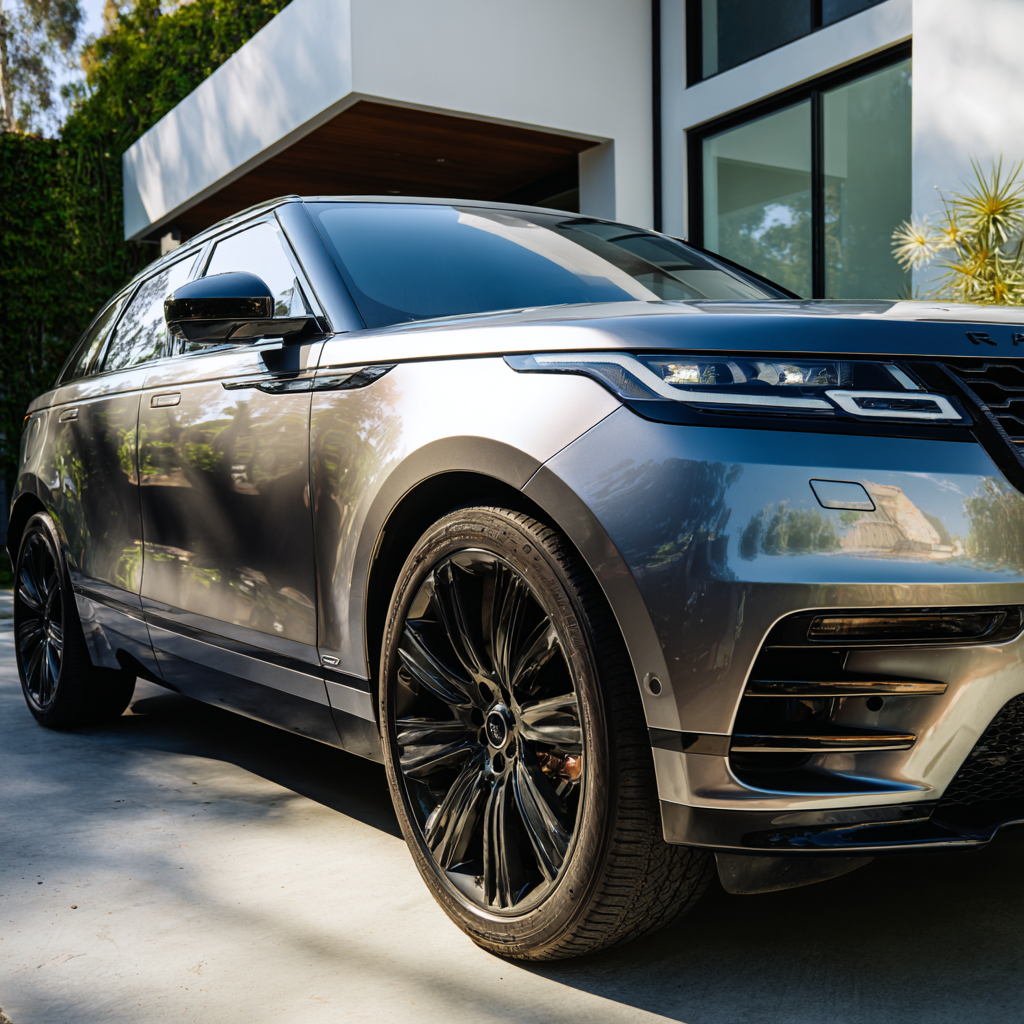

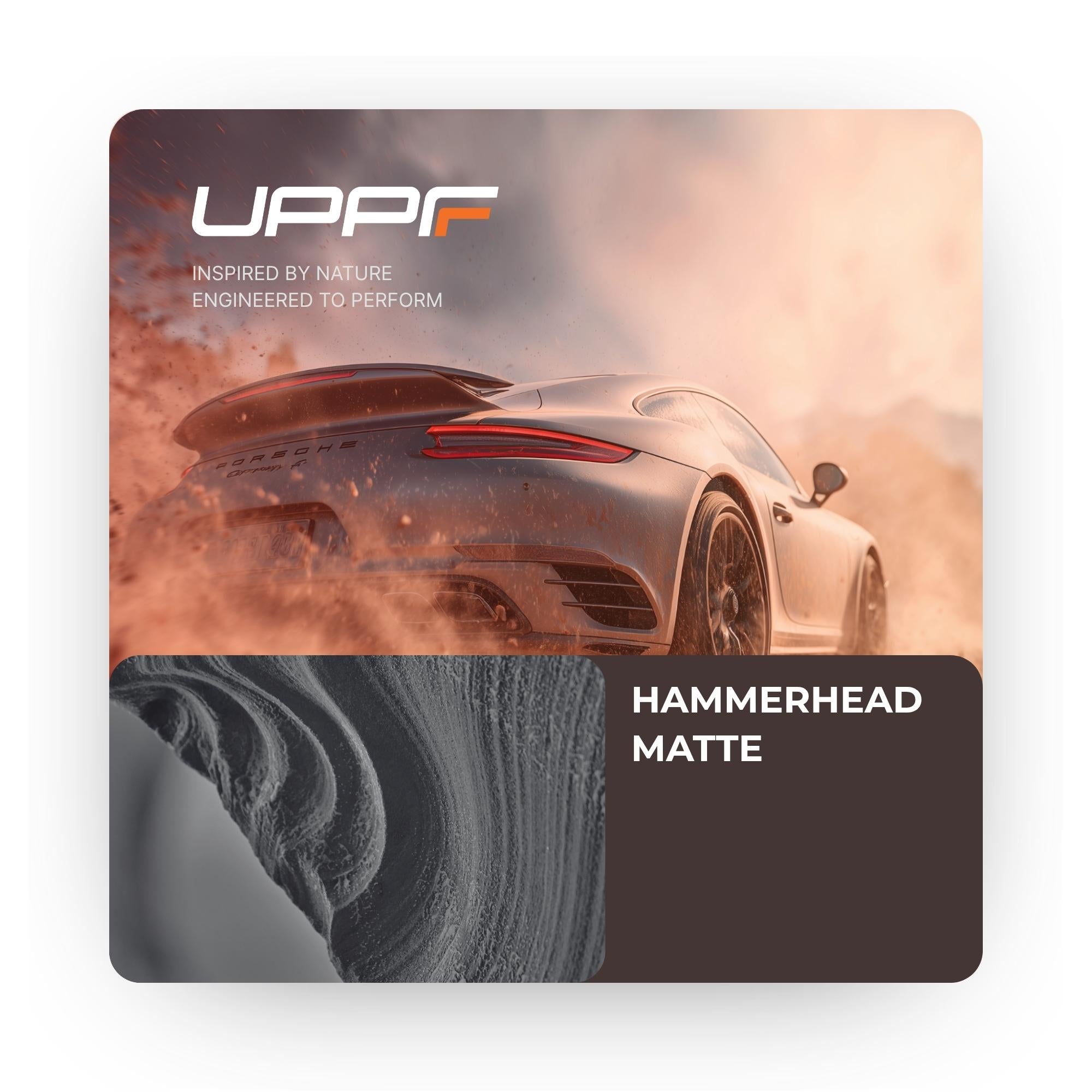

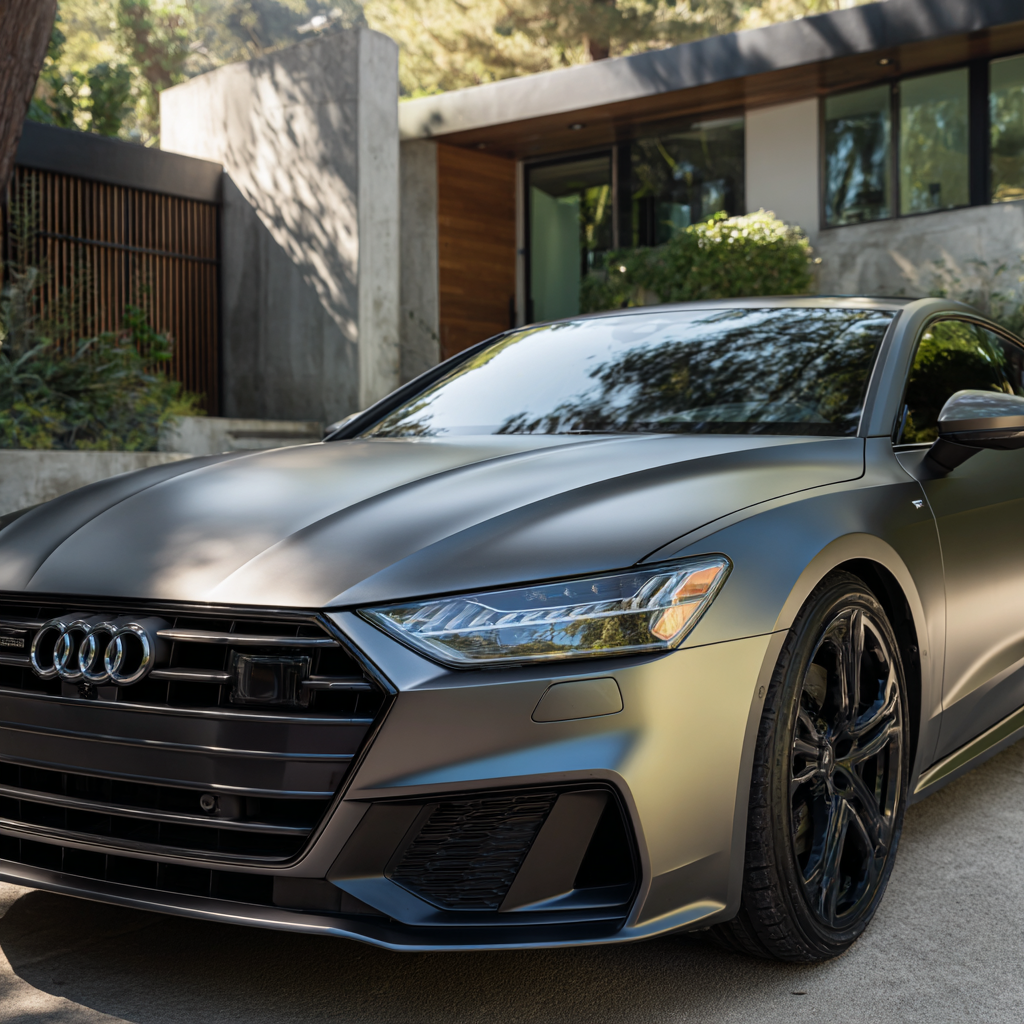
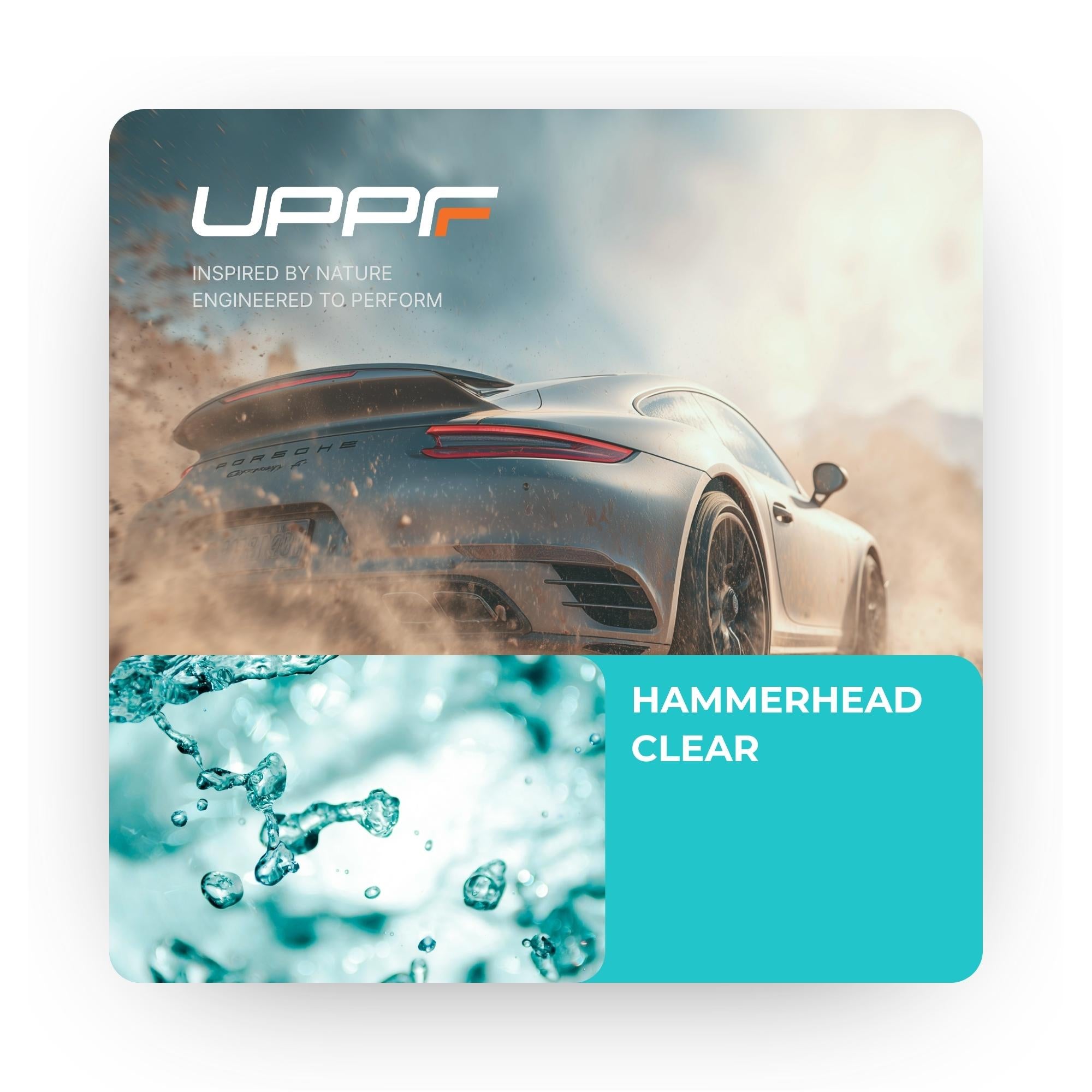


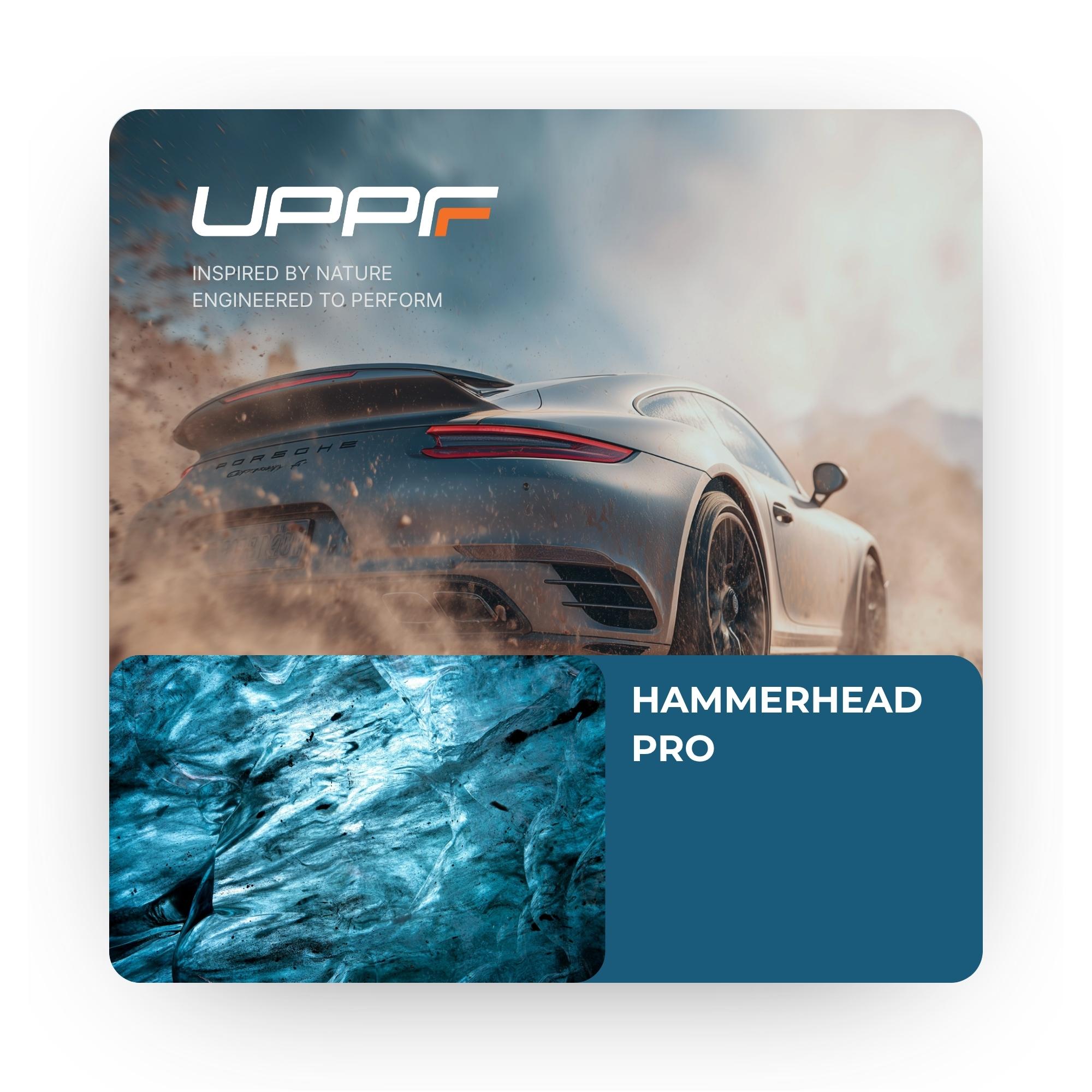



Share:
TPU vs. Vinyl Car Paint Protection Film: Weighing the Pros and Cons
Monster Jam World Finals 2025